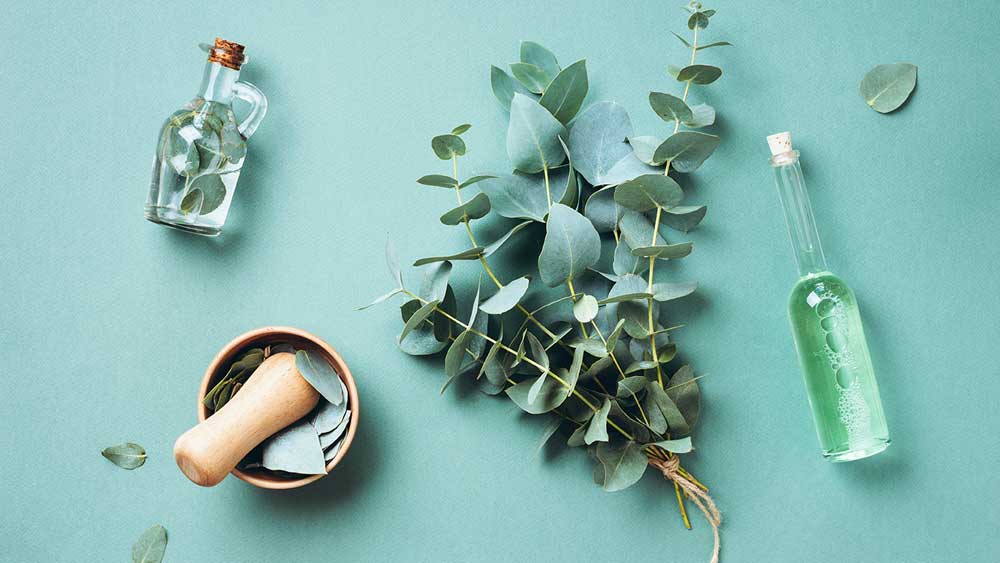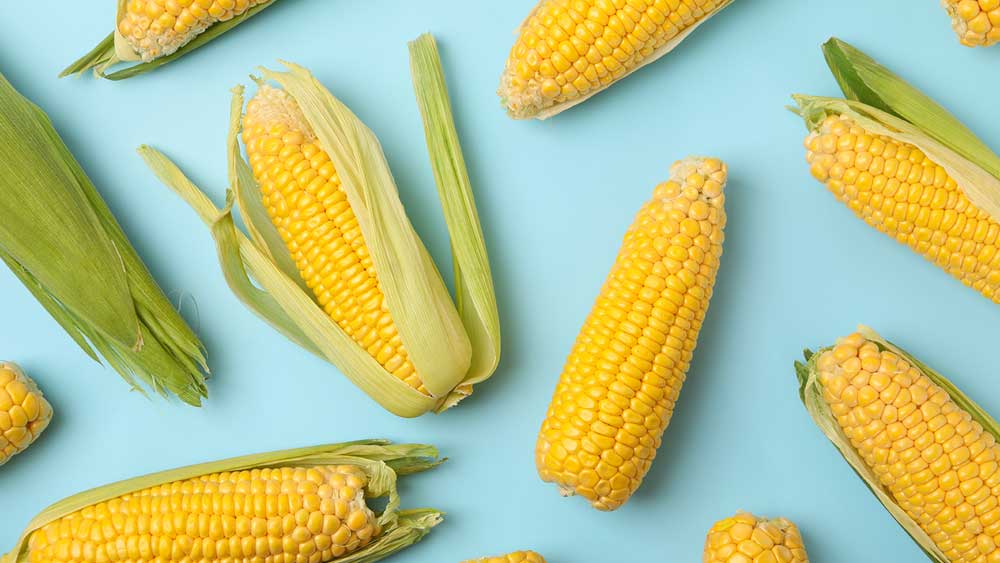
Eucalyptus essential oil
- Derived from: eucalyptus
- Pronunciation: (\ˌyü-kə-ˈlip-təs\)
- Type: Natural
What Is Eucalyptus essential oil?
Eucalyptus essential oil is derived from the eucalyptus plant, which is a fast-growing evergreen that grows all over the world (with the exception of rainforests and extremely arid environments).[1,2]
What Does Eucalyptus essential oil Do in Our products?
Eucalyptus essential oil gives our products a fresh, natural scent. A favorite food of koalas, it is often found in vapor rubs and cough and cold medicines, but it is also present in muscle and joint ointments, mouthwashes, and other items.[3,4]
Why Puracy Uses Eucalyptus essential oil
We use eucalyptus essential oil in several of our products as a fragrance. It is a better alternative to synthetic perfumes and phthalates. The FDA has deemed the ingredient generally recognized as safe (GRAS), and Whole Foods deems it acceptable in its body care and cleaning products.[7,8] The ingredient has been used to treat arthritis, boils, sores, and wounds, and research shows it is also generally not irritating or sensitizing to the skin.[9,10,11,12,13,14,15]
How Eucalyptus essential oil Is Made
Eucalyptus essential oil production typically begins by chopping up the leaves and stems of the eucalyptus plant. The mass is then placed in distillation machinery that pushes steam or water through the plant material. The oil and other components rise and are funneled into a condenser, which cools the vapor to liquid. The oil floats on the water, where it is siphoned off.[5,6]
Certifications

Sources
[1] The Royal Horticultural Society
[2] Australian Native Plants Society
[3] Environmental Working Group
[4] World Wildlife Fund
[5] Food and Agriculture Organization of the United Nations
[6] National Association for Holistic Aromatherapy
[7] Food and Drug Administration
[8] Whole Foods Market
[9] World Wildlife Fund
[10] Oliver, B., et. al., “Cosmeceutical Contact Dermatitis — Cautions to Herbals.” Current Treatment Options in Allergy
. (2015) 2:307–321
[11] Higgins C., Palmer A., Nixon R. “Eucalyptus oil: contact allergy and safety.” Contact Dermatitis. 2015;72(5):344–6
[12] Gyldenlove M., Menné T., Thyssen J. P. “Eucalyptus contact allergy.” Contact Dermatitis. 2014;71(5):303–4
[13] Rudzki E., Grzywa Z., Bruo W. S. “Sensitivity to 35 essential oils.” Contact Dermatitis. 1976;2(4):196–200
[14] Uter W., Schmidt E., Geier J., et al. “Contact allergy to essential oils: current patch test results (2000–2008) from the Information Network of Departments of Dermatology (IVDK).” Contact Dermatitis. 2010;63(5):277–83
[15] Wohrl S., Hemmer W., Focke M., et al. “The significance of fragrance mix, balsam of Peru, colophony and propolis as screening tools in the detection of fragrance allergy.” British Journal of Dermatology. 2001;145(2):268–73


























